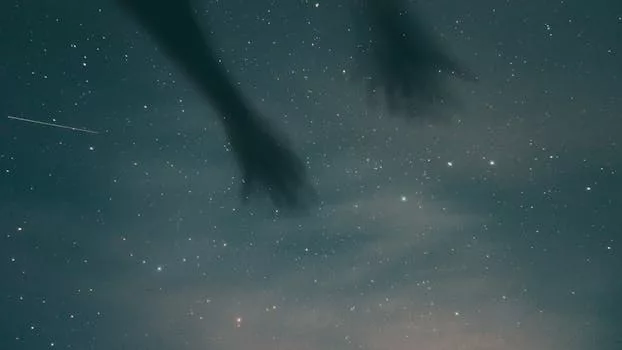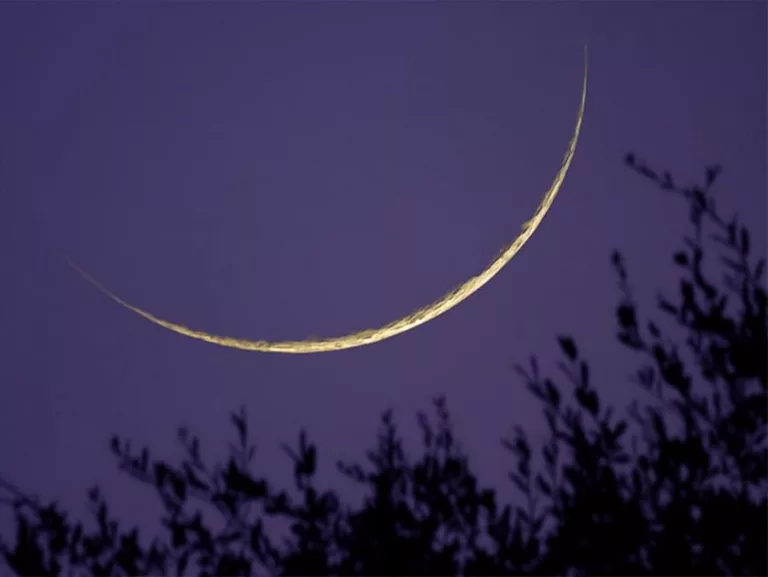
“
Stargazing and Storytelling: How Imagination Elevates Us Beyond the Stars
Introduction to the Cosmic Dance
Stargazing and storytelling have been inseparable companions since the dawn of human history, weaving a tapestry of imagination that elevates us beyond the stars. As we gaze up at the celestial canvas, our minds are filled with wonder, sparking stories that not only explain the mysteries of the universe but also inspire us to explore and understand its depths. This cosmic dance between observation, imagination, and narrative has been the driving force behind human advancement, particularly in the fields of astronomy and space exploration.
The Power of Imagination in Stargazing
Imagination is the bridge that connects the tangible world we live in with the infinite possibilities that lie beyond our reach. When we engage in stargazing, our imagination runs wild, conjuring images of distant worlds, alien civilizations, and unexplored galaxies. This act of imagining not only enriches our personal experience of stargazing but also fuels scientific inquiry. By hypothesizing about what could exist beyond our planet, scientists are motivated to develop technologies and missions that can verify these hypotheses, leading to groundbreaking discoveries.
Moreover, the stories we tell about the stars and the universe serve as a collective memory, preserving historical and cultural knowledge. Constellations, for example, are not just patterns of stars; they are gateways to ancient myths and legends, teaching us about the beliefs, values, and wisdom of our ancestors. This blend of astronomy and storytelling encapsulates the essence of human curiosity and the relentless pursuit of knowledge, as highlighted in Charting New Realms.
Storytelling: The Universal Language
Storytelling is an intrinsic part of human nature, a universal language that transcends cultural, linguistic, and geographical barriers. Through stories, we share experiences, convey emotions, and pass on knowledge from one generation to the next. In the context of stargazing, stories can range from mythical tales of star-crossed lovers to scientific narratives about the birth and death of stars. Each story, whether grounded in fact or fiction, adds a layer of depth to our understanding of the cosmos, making it more accessible and personal.
The impact of storytelling on our collective imagination and our drive to explore space cannot be overstated. Science fiction, in particular, has played a significant role in inspiring real-world innovations in space technology and exploration. By envisioning future scenarios where humanity has colonized other planets or encountered extraterrestrial life, storytellers challenge scientists and engineers to make these visions a reality, similar to the themes explored in Soaring Through the Cosmos.
Takeaways: Elevating Our Understanding and Inspiration
- Unity of Human Experience: Stargazing and storytelling highlight the unity of human experience across time and space, reminding us of our shared curiosity about the universe.
- Driving Force for Exploration: The combination of observation, imagination, and narrative has been a driving force behind space exploration, pushing the boundaries of what is thought possible.
- Cultural Preservation: The stories we tell about the stars serve as a means of cultural preservation, keeping alive the myths, legends, and historical knowledge of our past.
- Inspirational Power: Both stargazing and storytelling have the power to inspire, motivating us to strive for excellence, to explore, and to push the frontiers of human knowledge and achievement.
In conclusion, the interplay between stargazing and storytelling represents a profound aspect of human culture and ambition. As we continue to explore the cosmos, driven by our insatiable curiosity and imaginative storytelling, we not only expand our understanding of the universe but also elevate our spirits, inspiring future generations to reach for the stars. For more insights, check out our article on Stargazing and Storytelling.






